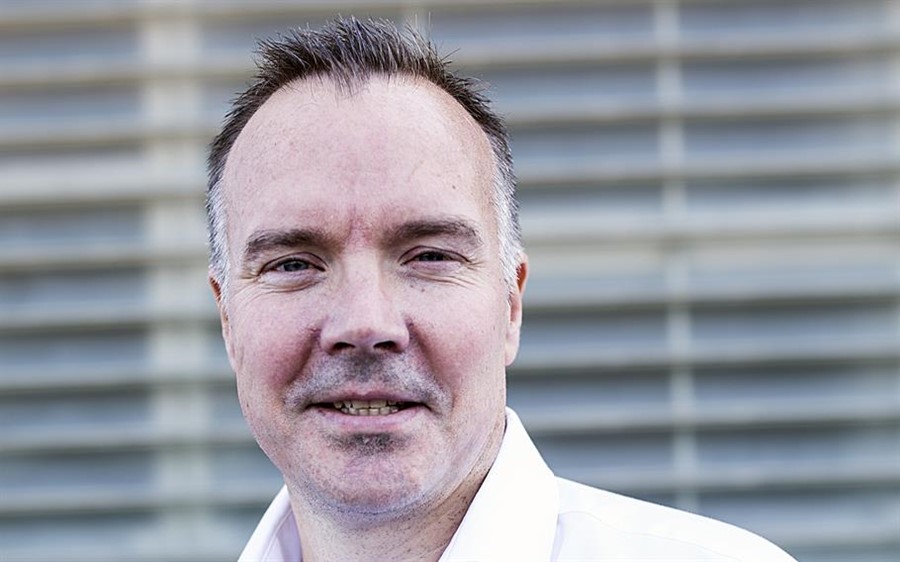Graphene for Electronics Applications
Johan Hammersberg is the business developer for electronics applications for the Graphene Flagship with 25 years of experience in research and product development from academia and industry within electronics and photonics.
Johan Hammersberg is the business developer for electronics applications for the Graphene Flagship with 25 years of experience in research and product development from academia and industry within electronics and photonics. He offers his thoughts on the current state of graphene in electronic applications.
Q: What are the most promising areas for graphene in the current electronics market?
There are several promising technologies under development:
- Optoelectronics with, for example, graphene based transceiver technology for optical fibre communication that is developed in the Graphene Flagship (The performance and potential cost reduction is promising.)
- Optoelectronic sensor detectors developed by Emberion and others
- Various sensor technologies as magnetic, pressure and gas sensors on various substrates
- High frequency electronics
- Heat management for electronics
- Wafer-scale and transfer process to reach (CMOS complementary processes)
Q: What challenges does graphene face in becoming integrated in electronics?
My impression is that the biggest challenge is the development of the process technology. This is common to all 2D materials, which have complementary physical properties to graphene. The electronic industry needs reliable and predictable process technology in order to be able to let products evolve.
Many production steps are currently manual, which is fine for the first prototypes, but as these become commercial there will need to be more predictable processes, both from a performance, quality and cost point of view. For example, Graphenea's and AMO’s work to open up their processing for foundry activities are important to create a commercial economic foundation to develop the electronic processes. The immaturity of the process technology will increase the cost of the devices and limit the production to small scale production, and in the end this will set the initial scope of applications.

Johan Hammersberg is the business developer for electronics applications for the Graphene Flagship with 25 years of experience in research and product development from academia and industry within electronics and photonics.




